Did you know that there are 30 muscles in the human hand? * Side Note * This 3D model of the hand is pretty cool and may be interesting for older children. These muscles work together to complete the many tasks that we preform throughout the day. One very important task is writing. Before we can start writing we must condition the muscles in our hands so what we many have the proper control while holding a pencil or pen. Preschool children are constantly working on conditioning these muscles and developing the finer movements that help promote writing skills, or emergent writing. Just like any many different aspects of learning, teaching a preschooler to write occurs in stages. As children practice and strength their hand muscles, they become more proficient at each different stage of writing. In this post, we will discuss different stages of writing and pre writing activities that you can do with your child to help practice this skill.
Before starting, it is important to remember that every child develops at their own unique, beautiful pace. This is no different for writing skills. As parents and educators, we can help provide opportunities to practice and grow. However, if you have a concern or question about your child’s development please seek advice from your child’s doctor.
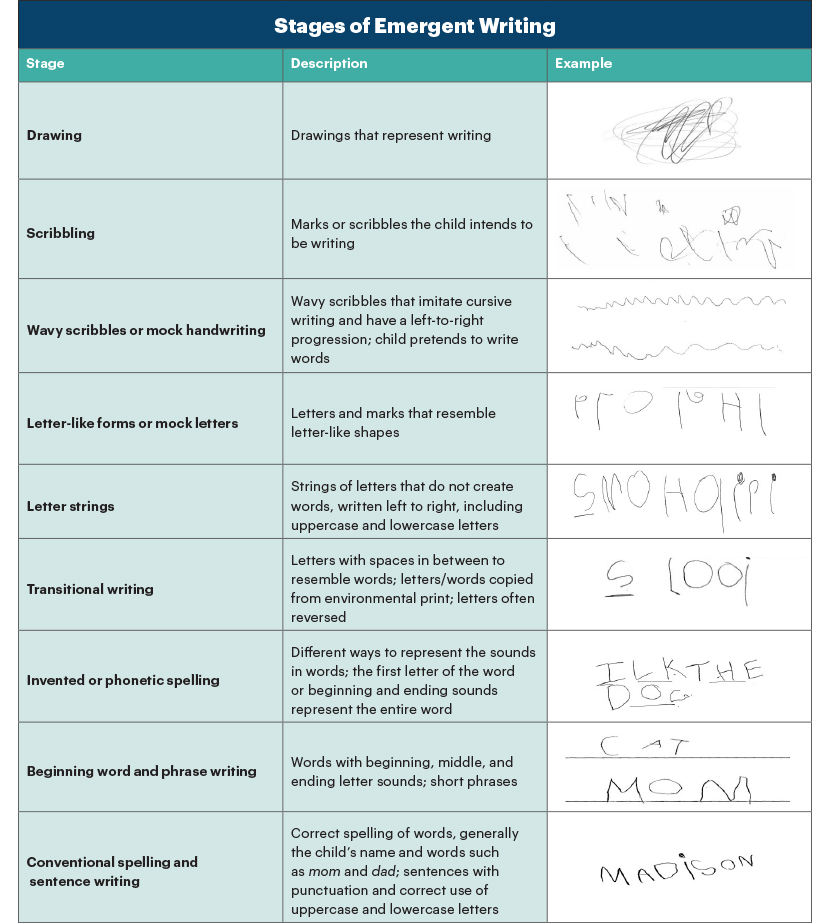
Writing occurs in stages. There is drawing and scribbling where a child is learning to control the marker. Wavy scribbles that imitate writing often appear next, followed by letter like symbols, letters strung together but do not form word, and then letters with spacing to resemble words. Next children will start phonetic spelling and trying to spell words as they think they sound. Finally children will start writing words and then sentences. All of this is a long process and it does not happen overnight. For some children, the drawing and scribbling may start as early as 2 years old. Some children may start phonetic spelling as early as pre-kindergarten. Researchers agree that the writing process typically occurs or starts between 3-5 years of age.
What is Pre Writing?
During the preschool stage, children should be focusing on developing their fine motor skills, and building strong hand muscles to support writing skills. This is referred to as pre-writing. Practicing and doing these pre-writing skills is a great way to start to teach a preschooler to write.
Naturally, the first way a child holds a marker, pencil, or crayon is something I lovingly refer to as the fist grip. As children enter the age range where they are becoming emergent writers, it is important to transition into a tripod grip. The tripod grip is demonstrated when an individual grips a pencil between their index finger and thumb and rests the pencil on their middle finger. This pencil grip is one that requires conditioning of the hand muscles to preform comfortably and correctly. Often times, activities in preschool classrooms are geared towards developing and strengthening these muscles for this purpose. These pre-writing activities are designed to build up the muscles in a child’s hand in order to support emergent writing skills.
Pre Writing Activities for Preschoolers
This post may contain affiliate links, which means I’ll receive a commission if you purchase through my links, at no extra cost to you. Please read full disclosure for more information.
Pinching/Squeezing Activities
- Pinching and squeezing activities are important because they build the muscles between the thumb and the index finger. Some of my favorite tools to use to practice these squeezing and pinching motions are tweezers and pipettes/droppers. Don’t hate me. This is going to sound TERRIFYING! Scissor use is also a great tool to help build the muscles used for squeezing. Typically, I would start introducing child safe scissors at the age of 3.
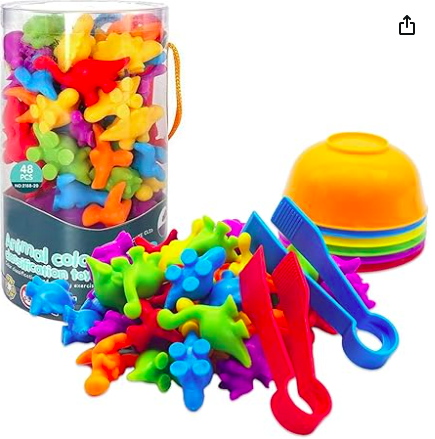
Lacing Activities
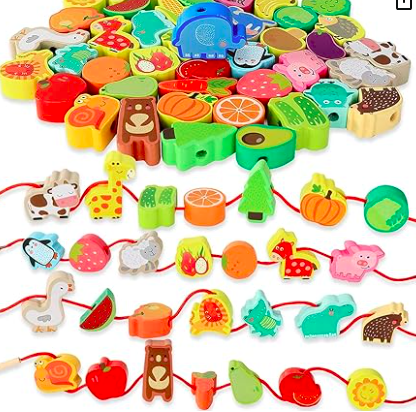
Tracing Activities
- Tracing activities are another great option to help children practice controlling their movements. They can combine their larger gross motor skills with their fine motor skills to condition the muscles in the hand as well as muscles in the wrist and arm. Looking for a good activity you can do at home? Try this Beach Day at Home activity.
Manipulative Play
- Manipulative play is a great way to have children use all the muscles in their hands to complete a function. One of my favorite manipulative play activities for my daughter is playdoh. She can practice squeezing, rolling and flattening the dough independently while we also discuss other things such as colors and shapes while the dough and dough cutters.
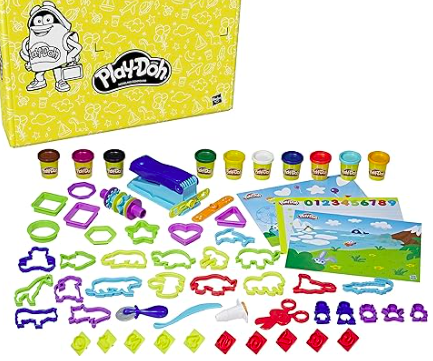
Creative Art Activities
- Giving a child the opportunity to practice holding a marker or crayon in their hands and showing them how to position their hand for a tripod grip is a great way to start introducing the hand movements and allowing them to explore their creative side. One of my favorite tools to use is the art easel. The angle of the paper provides great wrist support for children when they are learning how to hold their markers.
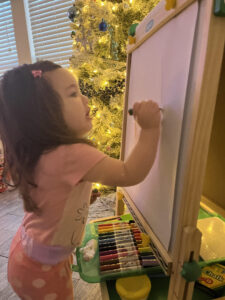
Fun, engaging pre writing activities can help children develop and grow these hand muscles. Are there any other activities you and your littles like to do? Feel free to leave comments below!

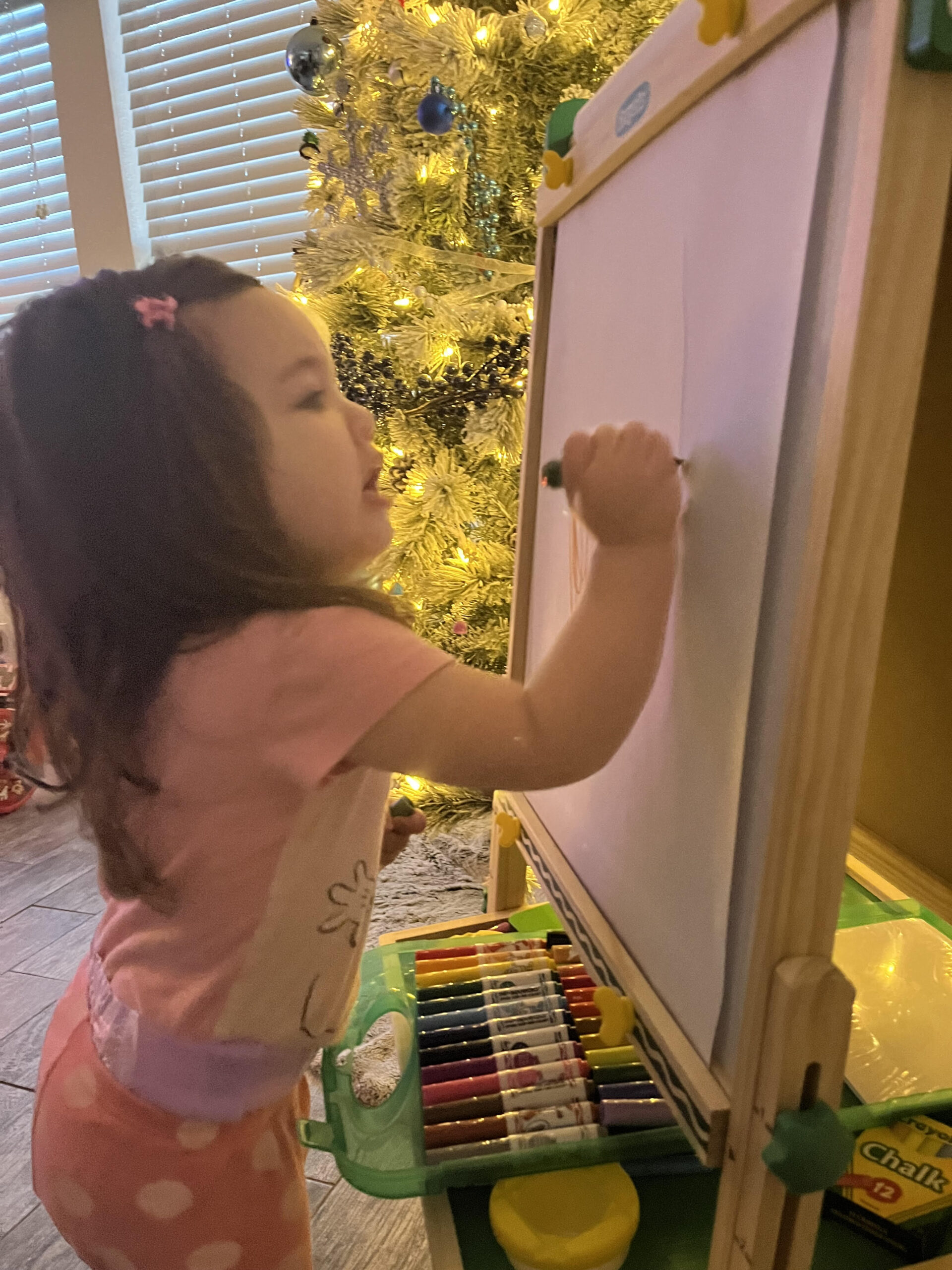
[…] have mentioned this before in my prewriting post, but I’m going to say it again. I absolutely love these sorting dinosaurs. In addition to […]
[…] of activities with only a few hand muscles. Developing fine motor skills is a critical part of learning how to write, who says you can develop those skills in the kitchen! Introducing your toddler to the kitchen and […]